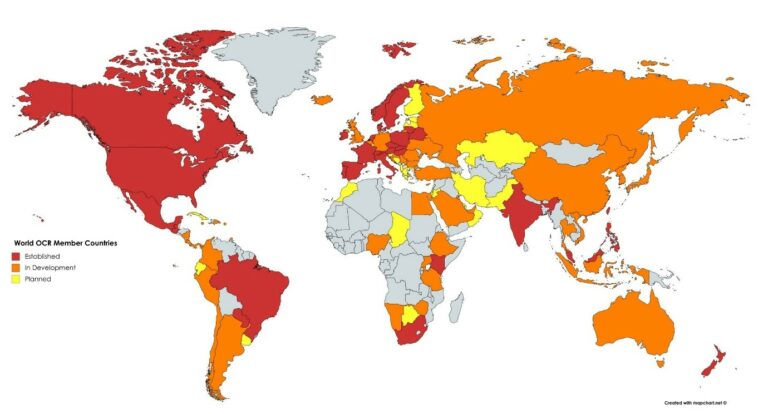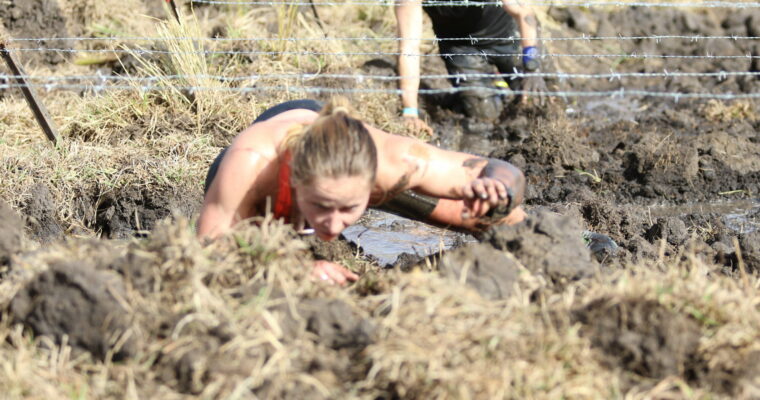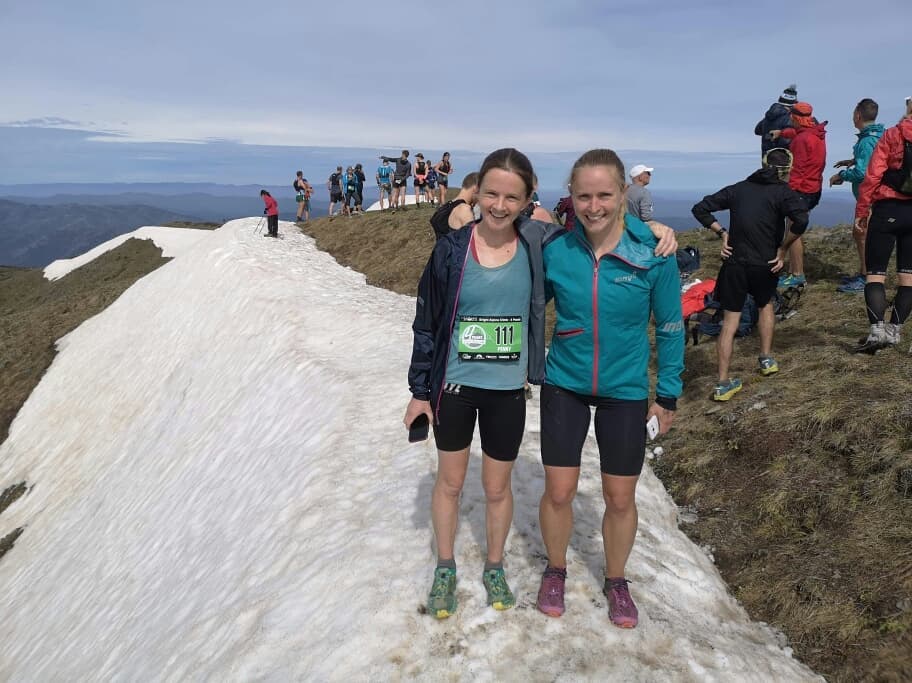Australia is currently orange which means “In Development”. Becoming an established World OCR member country involves a technical application process. Instead of focusing on this technical criteria which does not always represent a direct match with reality, I am going to focus on what we already have in Australia and steps that need to be taken to develop the sport further.
What we already do well in Australia
First and most importantly, we have high numbers of participants in Australian OCR races, especially on the east coast of Australia. We have mass participation at an amateur level and numbers are increasing. We have a small number of established international brands (Spartan, Tough Mudder) as well as a small number of established local brands (such as True Grit and Raw Challenge). The course design and obstacles in Australia are world class. Australia hosted the OCR Enduro World Championships in 2018 and will host it again in 2019.
What we can do better
1. Competition between OCR brands
At the moment there are only a couple of established international and local brands operating in Australia (including Spartan, Tough Mudder, Raw Challenge, True Grit). This is a very small number of companies compared to countries where OCR is well established like the USA.
OCR as a sport is almost entirely made up of revenue raising brands, which makes it quite different from sports such as trail running where there are many not for profit organisations running low cost events that new participants can use as an entry point to the sport. It is expensive to run an OCR event and making a profit is difficult. It is also relatively expensive to enter an OCR race compared to the average running or trail race. This environment does not encourage new brands to establish themselves or for established brands to step outside what they know works.
2. Increase in mass participation
While it seems Australia is doing well in amateur participation, this is only the case in the eastern states. There is still a lot of expansion to do in WA, SA, NT, Tasmania and regional areas of the Eastern states. Another area OCR can improve on is improving the ethnic diversity of participants. While I have no data on this point, my observation is that OCR participants in Australia are predominantly from anglo-saxon backgrounds. I would be happy to forgo some of the more cult-like characteristics of some OCR events to make events less intimidating and friendly to all cultures. Some of these changes would also encourage more females and families to get involved. The changes I am talking about include removing war cries from start lines, making festival areas friendlier (ie by choosing appropriate music with less volume and allowing people to bring picnics and their own food and drink) and changing advertising strategies.
Junior development also needs some work. The least competitive age group categories seem to be the teenage age brackets. One issue is that the kids races and competitions are geared at making profit rather than junior development, and it is more difficult to create a grassroots development culture in this environment. There is also quite a big gap between kids races and racing in the adult races and unless you have a keen parent to run the adult race with, this transition can be difficult. It is also arguable that the best preparation for keen OCR children is just to play on a playground and run around as much as possible.
3. Increasing and improving elite participation
Improving a sport includes focusing on both mass/grassroots participation and elite competition. The pool of elite racers in Australia is quite small, though the standard of elite racers is relatively high. There has recently been an increase in brands offering standardised elite races where the elite wave is supervised to ensure rules are followed. Spartan, Raw Challenge and True Grit offer elite waves in their races. As well as increasing the number of standardised elite races, the pool of elite racers needs to grow, particularly in the female competition. However, even the most established OCR country, the USA, struggles to get parity with the number of male and female elite racers.
So far, OCR has not been as successful as other sports such as triathlon in enticing elite athletes in similar sporting codes to try out OCR or make the switch. There are so many sports to tap into including track and field athletes, cross country runners, trail runners, road runners, gymnasts, orienteers, the military, strongman and strongwomen, crossfit boxes and functional fitness lovers.
4. Increase strength of local brands
It would be great to see Australian brands strengthened. True Grit and Raw Challenge in particular appear to be growing and offering more races each year.
5. Insurance and the need for standardisation of obstacle safety
The entry to most OCR events is around $120. This is a major deterrent in trying out the sport. There are a few reasons that the entry price for OCR events in Australia are so high, including the cost of set up which requires transportation of obstacles over long distances and the set up and dismantling of obstacles, the need to make a profit, and insurance requirements. OCR is a relatively new sport, with a variety of obstacles. Over time, insurance companies work out appropriate rates of insurance which will enable them to cover claims and make a profit at a lower price for the event organisers. OCR events are not standardised between brands and the sport has not been around long enough in Australia for insurers to provide more accurate insurance rates in Australia. The result is that insurance companies charge higher premiums. This cost is reflected in the entry price for events. The development and implementation of standards by World OCR and the passage of time will enable lower insurance costs and the ability for entry prices to drop. This has already happened in the developed USA market where the OCR insurance market is well established and entry prices are significantly lower than in Australia even when taking into account currency adjustments.
6. Variety in courses and offerings
Australia has a lot of OCR races in the 7km to 17km distance bracket. If you like super short races such as stadium races or longer distances, there are not as many options for you. Contrast this to the USA where there are plenty of stadium races, events that mix OCR with crossfit style elements, and endurance events for those who like ultra distances. As participation increases, the variety of course offerings in Australia should also increase.
We already have a thriving OCR community in Australia but we are still a fair way off catching up to established OCR countries like the US. If you believe I have missed anything we should be doing to improve OCR in Australia please comment below. The more conversation the better on this topic.





